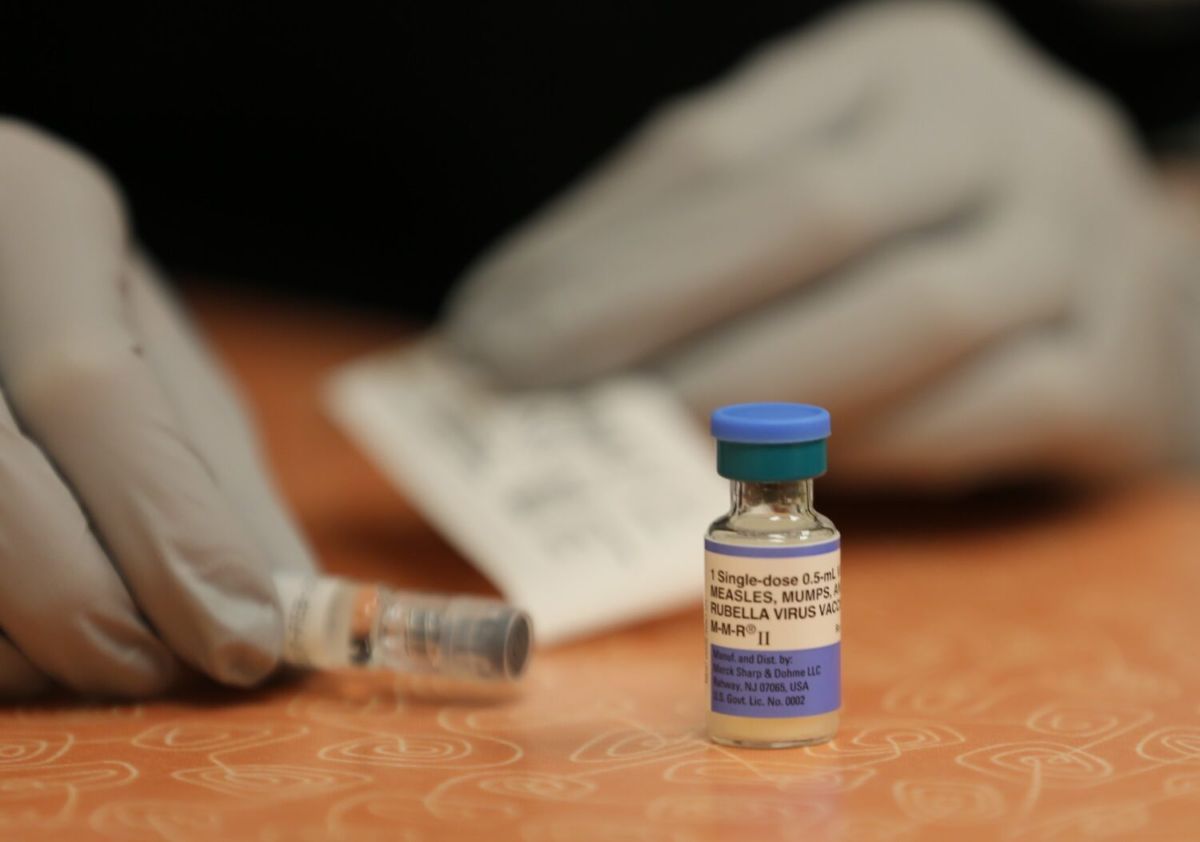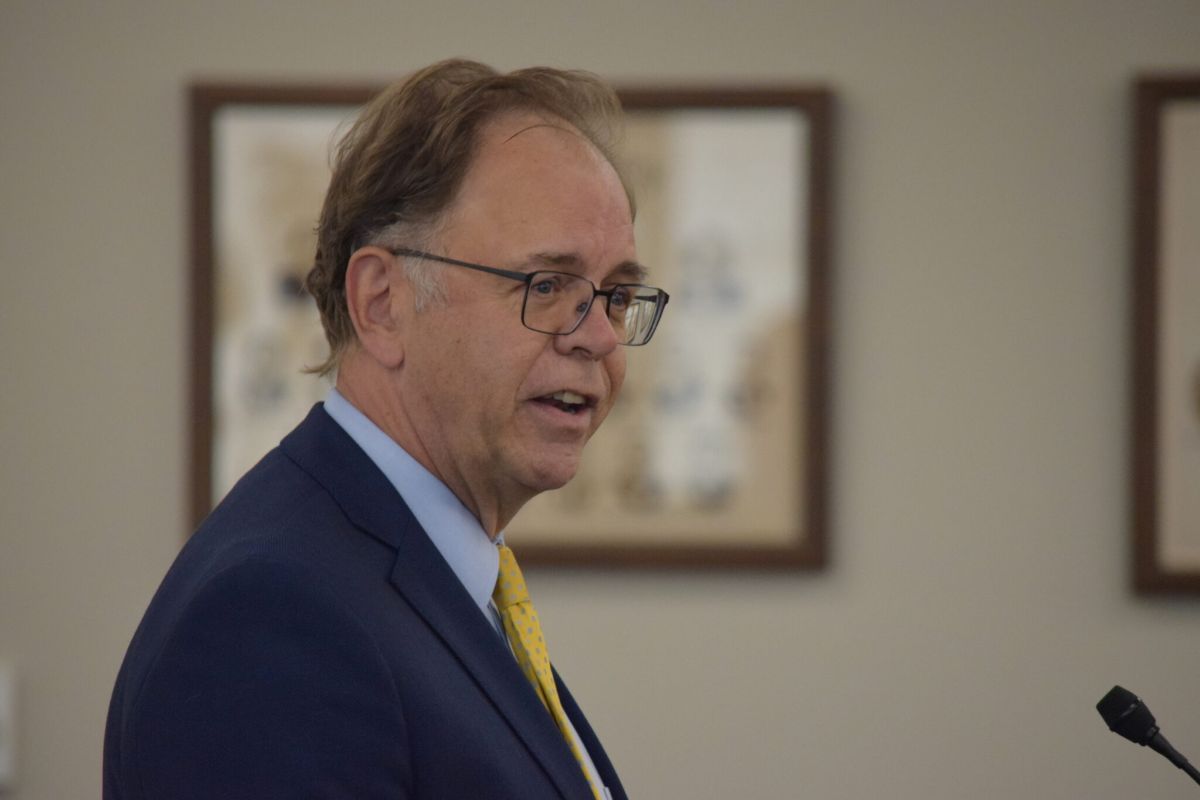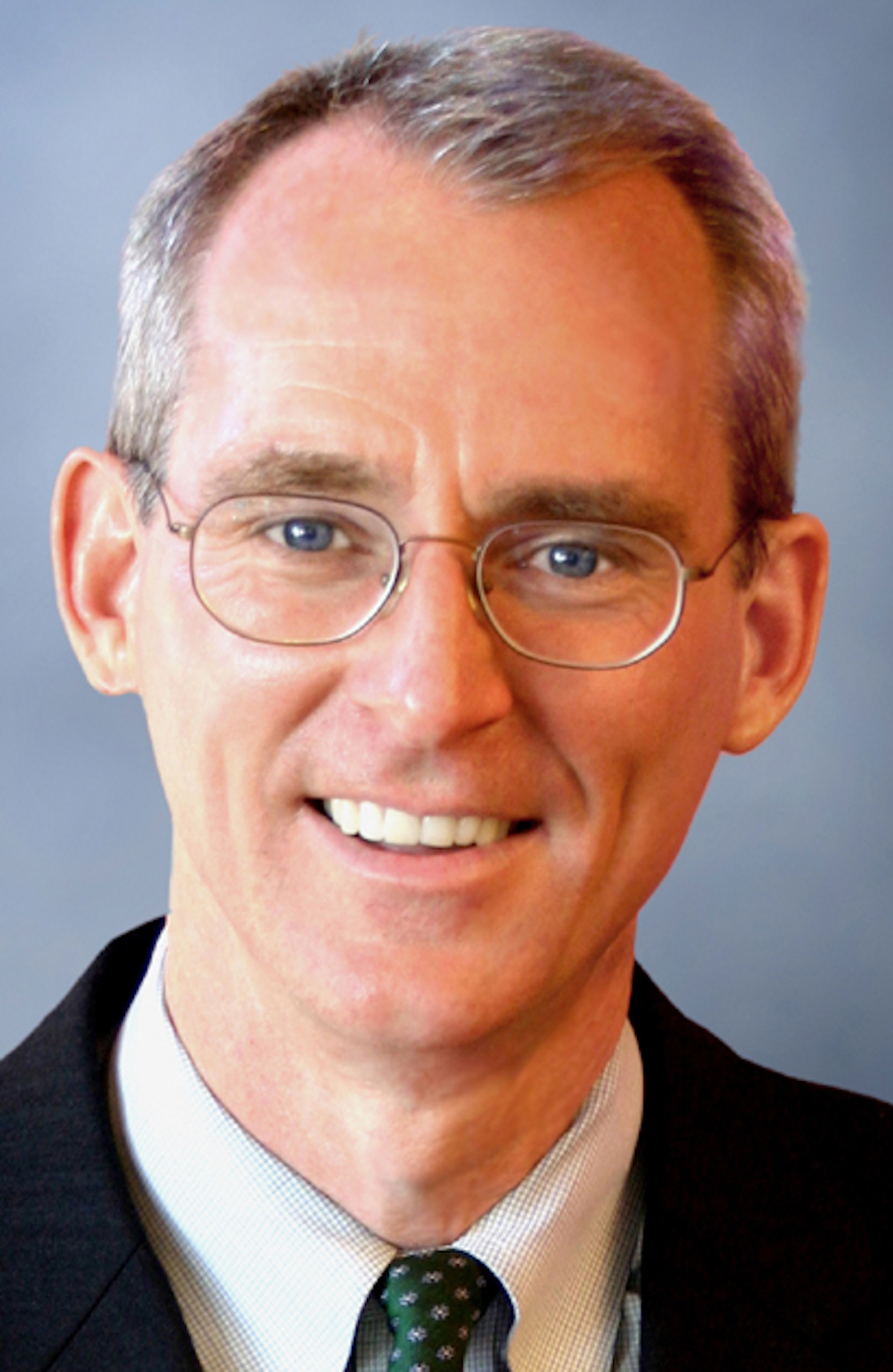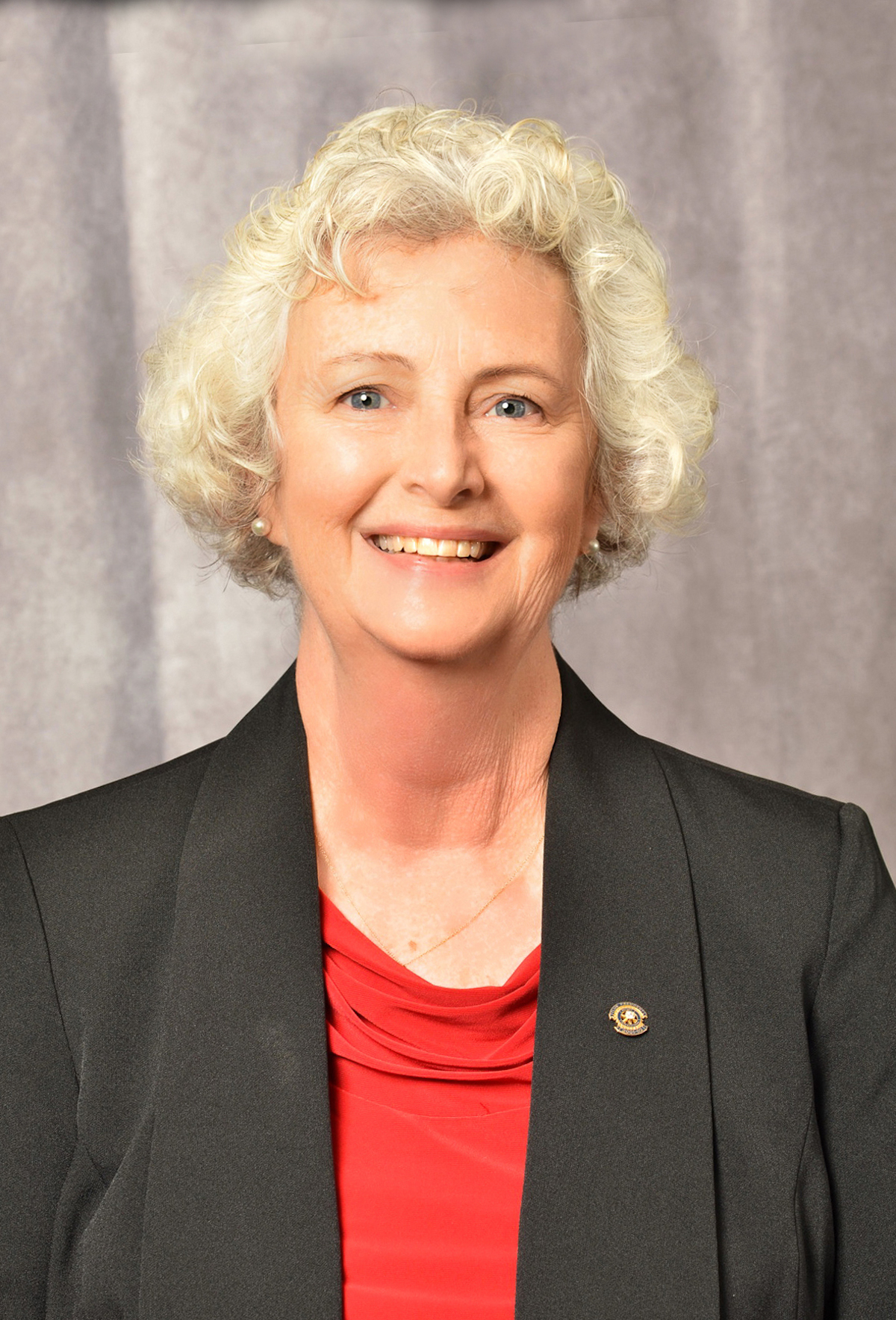Freddie Owens 1st SC inmate executed in 13 years, 285th since state executions began in 1912
By Skyler Laird
SCDailyGazette.com
COLUMBIA — Freddie Owens was executed Friday evening, Sept. 20, by lethal injection, after his attorneys’ last-chance appeal to the U.S. Supreme Court failed to stop it.
Owens was pronounced dead at 6:55 p.m., making him the first inmate executed in South Carolina in nearly 14 years.
He made no final statement.When the execution began, Owens looked at his attorney. She smiled at him, and he appeared to smile back, said Associated Press reporter Jeffrey Collins. He and other media witnesses who spoke to reporters afterward agreed that Owens showed no outward signs of suffering.
The execution, which was scheduled for 6 p.m., was delayed by 35 minutes as officials waited on a ruling from the nation’s high court.
Owens’ attorneys asked justices Friday to put his sentence on hold pending the outcome of a challenge they filed a week ago in federal court seeking more information on the drug to kill him, saying they needed the details to ensure his execution would be painless and effective.
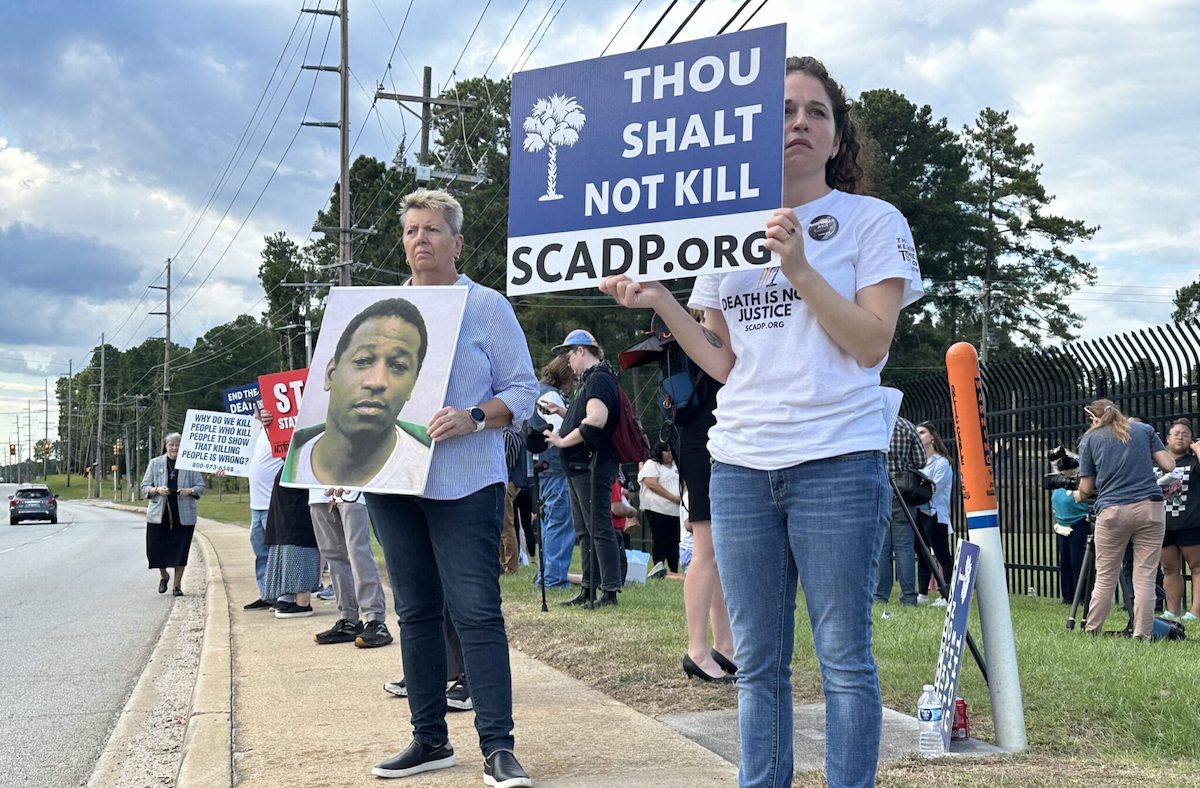
In a three-sentence order, the U.S. Supreme Court — like the lower courts before it — refused, while noting that Justice Sonia Sotomayor disagreed.
The ruling capped weeks of failed legal attempts for a reprieve in state and federal courts. Owens’ last hope to stay alive fell to Gov. Henry McMaster, who said no.
“I have declined to grant any form of executive clemency in this matter,” McMaster wrote in a letter confirming in writing what he told Corrections Director Bryan Stirling by phone.
Owens, 46, died 25 years after he was convicted of killing gas station clerk Irene Graves, a 41-year-old single mother of three, during a string of robberies on Halloween night 1997. A single shot to the head killed her because she couldn’t open the safe.
Witnesses included Graves’ oldest son and son-in-law.
The curtain to the death chamber parted at 6:35 p.m. to reveal Owens in a green jumpsuit, a white blanket pulled up to the middle of his chest. He was strapped to a medical table with his arms out to either side. Three prison officials stood in the room with Owens, media witnesses said.
Owens turned his head to look at the witnesses, his gaze settling on his attorney Emily Paavola, who was the one to decide he would die by lethal injection. He smiled and mouthed some words to her that witnesses could not hear behind the pane of glass separating the chamber from the witness room.
At one point, he appeared to mouth, “Bye,” Justin Dougherty from Fox Carolina News, another media witness, told reporters.
A minute later, the drug began to flow through an IV inserted in Owens’ left arm. His eyes closed, and he started breathing heavily. After four or five minutes, his face began to twitch, and his breathing became shallow.
At 6:42 p.m., his motion stopped. A doctor entered the room at 6:54 p.m. to pronounce Owens’ time of death. Owens kept his head tilted toward Paavola throughout, media witnesses said.
Graves’ family members watched the execution intently, staring directly at Owens the entire time. Otherwise, they did not react, Collins said.
Collins, who witnessed six executions by lethal injection before Owens’, said that aside from the wait at the beginning, the execution proceeded in the same way as previous ones. The only difference was that it appeared to take Owens longer to stop breathing from the time the drug began flowing. That took about six minutes, compared to two or three minutes at previous executions, Collins said.
It was the first time the state used a single dose of the sedative pentobarbital instead of its previous three-drug cocktail, which expired after the last execution in 2011.
Who Owens saw leading up to his death is unknown. Corrections’ policy is not to release information on what death row inmates do or who they see in their last days.
His last meal was two cheeseburgers, French fries, a well-done ribeye steak, six wings, two strawberry sodas and a slice of apple pie, all from the prison kitchen, said Department of Corrections spokeswoman Chrysti Shain.
Legal and personal pleas
Two days before his execution, the only witness to the shooting — who was convicted as Owens’ accomplice — signed a statement saying he falsely identified and testified against Owens, newly claiming that Owens wasn’t even with him that night.
Hours before Owens’ scheduled end, Owens’ mother made a public plea to McMaster to spare her son’s life.
“Freddie is more than his conviction. He is a human being, a son, a brother, and a friend,” his mother, Dora Mason, said in a statement released by the Greenville nonprofit Fighting Injustice Together. “He deserves compassion, understanding, and a fair chance at justice. Instead, the system has failed him and the victim at every turn.”
Mason expressed sympathy for Graves’ family while asking the people of South Carolina to consider whether the state should execute Owens, who legally changed his name in 2015 to Khalil Divine Black Sun Allah.
“To the governor, the Legislature, and the people of South Carolina, I ask: Is this truly justice? Is this truly what we call compassion and mercy?”
Mason, who still lives in Greenville, pointed to the same arguments that Owens’ attorneys have made over the last several weeks as they sought unsuccessfully to stop the execution and get a new trial.
In the month since Owens was scheduled for execution, his attorneys have claimed that Steven Golden, Owens’ convicted accomplice, had a secret deal with a prosecutor in exchange for testifying against his friend.
On Wednesday, Golden recanted what he told law enforcement and jurists about that night, alleging the “real shooter” was someone else entirely who Golden still doesn’t want to name out of fear of retaliation. He came forward, he said, “to have a clear conscience.”
The state Supreme Court dismissed those arguments, noting Golden admitted at trial he was testifying to avoid the death penalty. Justices also indicated they didn’t believe Golden’s new story, calling it “squarely inconsistent” with what he’s said since his 1997 arrest.
The first rejection on the federal challenge seeking details on the state’s drug supply came Wednesday. That was the decision appealed all the way to the U.S. Supreme Court.
Death penalty protesters
An hour ahead of the scheduled execution, about 50 people gathered outside the prison campus gates to protest the death penalty. Some chanted “stop the killing,” while others gathered in prayer.
Mersedes Mejia, of Columbia, was on her way home Friday when a feeling came over her that she should take a different route. She had heard about the pending execution on the news but the gathering of demonstrators outside Broad River Correctional Center took her by surprise. She turned around and joined the group hoping and praying in the final hour the execution would be stopped.
As the clock ticked to 6 p.m., the crowd started to quiet.
Lulu Torres, of Batesburg, dropped to her knees and made a silent prayer. She came to Columbia with other members of St. John the Cross Catholic Church to demonstrate her belief that “life is valuable.”
“It should ultimately be God’s decision when our last day will be,” she said. “Someone else made that decision for Mr. Owens, and that is heartbreaking.”
As the minutes passed, much of the group pressed up against the fence waiting for news.
A little after 7 p.m., demonstrators formed a circle holding hands and comforting those who were crying as Ron Kaz, of Charleston, changed the number on a sign counting the number of death row executions in the U.S. since 1977 to include that of Owens.
“We are not here to make excuses for the harm Khalil did cause during his life,” said Rev. Hillary Taylor, executive director of South Carolinians for Alternatives to the Death Penalty.
“But there is also no justice for young Khalil, a child who experienced physical harm in his household and physical and sexual harm in juvenile prison facilities here in South Carolina,” she said. “More often than not, those on death row are the victims of someone else’s violence long before they commit violence themselves. This is why we stand against all executions. At its core, the death penalty is a declaration that some victims of violence matter more than others.”
Owens’ life and crimes
Owens was born prematurely into a family life his attorneys have described as violent and chaotic. Both his biological parents and his stepfather used and dealt drugs, and all three abused Owens and his three siblings. His father and stepfather were in and out of prison throughout his childhood, according to court filings.
Owens went into foster care at 5 years old after social workers found him and his siblings alone in a house with no food or electricity.
He dropped out of school in 9th grade after repeating several grades and often getting into trouble for fighting with other students. As a teen, he spent time in the state’s juvenile justice system, where the other teenagers abused him physically and sexually, his attorneys have said.
At some point, which doctors can’t pinpoint, Owens suffered damage to his frontal lobe, the part of the brain that controls a person’s impulses and emotions. He experienced violent outbursts, anxiety, depression, paranoia and seizures at different points in his life, according to court filings.
Owens was 19 years old when Graves was shot in the head as two masked men robbed the Speedway convenience store where she worked one of her three jobs. The youngest of the three children she left behind was 8 years old.
The Speedway was the third place that Owens and three friends — according to Golden and others — robbed as Halloween turned into the early morning of Nov. 1, 1997.
Golden testified — both in 1999 and 2003 — that it was Owens who shot Graves because she couldn’t open the store’s safe. The pair of robbers left with $37.29 from the cash register.
Owens told friends and family that he had killed Graves, bragging about it in some cases. Beyond Golden, those testifying against Owens at his 1999 trial included his girlfriend and another friend on the robbery spree. Owens’ attorneys have since disputed the reliability of what they said.
In February 1999, a jury convicted Owens of killing Graves. That night, between his conviction and sentencing hearing the next day, Owens killed a fellow inmate at the Greenville County jail, 28-year-old Christopher Lee.
Lee was serving a 90-day sentence for traffic violations. Owens confessed to the crime, then described in detail how he had killed Lee by choking him, slamming his head into the floor and shoving a pen up one nostril, according to court documents.
That case never went to trial. Prosecutors dropped the charges in 2019, soon after Owens exhausted his appeals for killing Graves, with the stipulation that they could bring them back if needed.
Twice, the state Supreme Court sent Owens’ death sentence back to a jury for resentencing. Both times, the jury again recommended sentencing Owens to death.
But Owens has changed during his 25 years in prison, one of his lawyers, Rob Lee, said during a Thursday night vigil at Washington Street United Methodist Church in Columbia.
“Rather than wallow in the severe isolation of death row, he began to read,” Lee said. “Then, he began to study.”
Owens took an interest in history, particularly African history. He suggested his niece write a paper on Nubian Queen Amanirenas, who resisted Roman rule in the ancient Kingdom of Kush. He regaled his attorneys with facts about the University of Timbuktu, bonobo apes, and the history of cartoon character Betty Boop, Lee said.
He learned to read and write in Arabic to strengthen his Islamic faith. He called his mother every day to check on her.
Owens wrote thoughts and poems and essays, “creating a new recorded history of his life,” Lee said.
Vigils ahead of the execution
During the Thursday vigil, a dozen activists made a final call for clemency. They peacefully walked the street outside the Governor’s Mansion, holding signs reading “end the death penalty” and “stop state killing.”
Kaz, a board member of South Carolinians for Alternatives to the Death Penalty, has driven from Charleston to Columbia to sit vigil for all but one of the executions carried out in the state since 1985, he said. Friday night made his 43rd vigil outside the razor wire of the prison gates.
“For me, it gets harder every time,” Kaz said.
In the time between a person’s crime and execution, a lot can change, he said.
“The people that are getting executed are not the same people who were sentenced to death,” Kaz said.
Paul Palmer, a protestor from Columbia, said he disagreed with the idea that executions bring justice for the relatives of the victims. After his nephew was killed while working a shift at a video poker parlor in the 1980s, the prosecutor asked Palmer’s family whether they wanted to seek the death penalty.
Palmer knew that sentence would not bring the family the peace they were looking for. He pushed instead for a life sentence, which the perpetrators ultimately received, he said.
“I don’t want that kind of justice,” he told his brother-in-law and sister at the time, he said.
Activists pointed out the uneven ways in which the death penalty is often applied. Black people, like Owens, are disproportionately sentenced to death, civil rights leaders have argued.
Of the 282 people executed in South Carolina since 1912, 74% were Black and 26% were white, according to Department of Corrections data.
Of the 32 men on the state’s death row, 15 are Black and 17 are white. People with disabilities, such as Owens’ brain damage, are also more likely to face execution, said Taylor, director of anti-death penalty group.
“The death penalty is not justice,” Taylor said. “It doesn’t stop violence from happening. It only creates more victims.”
It is likely activists will be back in Columbia over the course of the next six months as the state Supreme Court schedules five more men who have exhausted their appeals for execution, Taylor said.
“Unfortunately, there may be many future vigils,” Taylor said.
After his execution, Owens’ attorneys maintained he was killed for a crime he did not commit.
“Freddie Owens did not kill Ms. Graves. His death tonight is a tragedy,” attorney Gerald “Bo” King said in a statement late Friday. “Mr. Owens’s childhood was marked by suffering on a scale that is hard to comprehend. He spent his adulthood in prison for a crime that he did not commit. The legal errors, hidden deals, and false evidence that made tonight possible should shame us all.”
Jessica Holdman contributed to this report.
Skylar Laird covers the South Carolina Legislature and criminal justice issues. Originally from Missouri, she previously worked for The Post and Courier’s Columbia bureau. S.C. Daily Gazette is part of States Newsroom, the nation’s largest state-focused nonprofit news organization.




